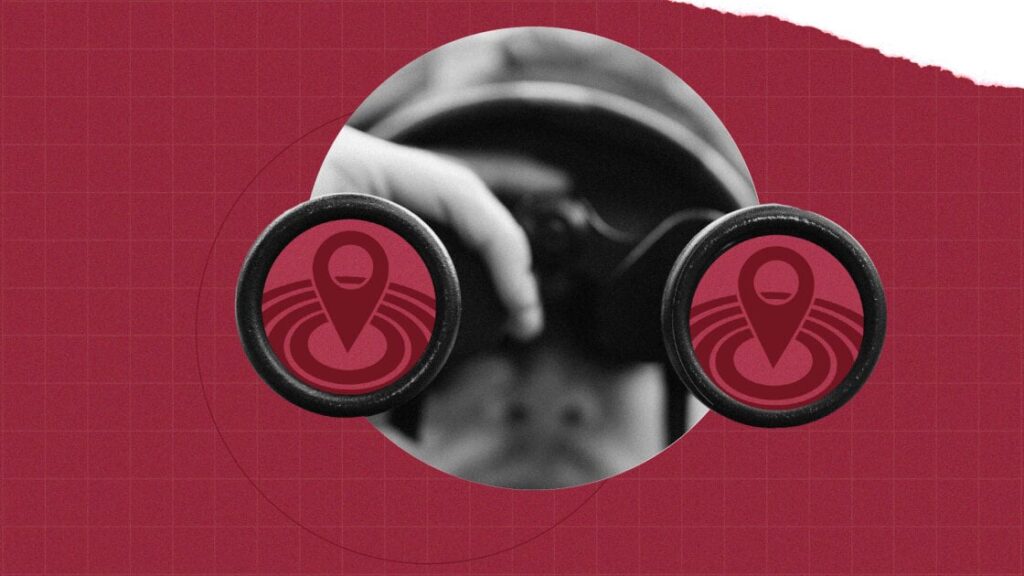There are many health devices on the market now, and more are coming all the time. One of the latest form factors is the smart ring, and Finnish company Öura is prominent among them. I sat down with the company’s CEO, Tom Hale, to ask him about fitness metrics and how he sees the impact of Samsung’s newly released Galaxy Ring.
Oura ring in sterling silver
A smart ring has several advantages over a phone or a watch. For a start, it’s on your person 24 hours a day, silently recording data. A watch may be on your wrist when you sleep, but a ring is much more inconspicuous. “Well, it’s a philosophical choice,” Hale explains, “to be a kind of quiet technology, not constantly demanding your engagement. I joke that it’s not another digital mouth to feed, and the truth is that battery management is different on a display gadget.”
Sleep monitoring is key for Öura, and Hale explains why: “We go deep into sleep. There’s a strategic reason for this, which is that the data you’re collecting when you’re asleep, your body is pretty much in the same physical state: you’re asleep, you’re in bed most of the time. , is a quiet environment with not many easy distractions. You’re not dealing with other factors like a stressful day or climbing a set of stairs. All of these things can mess up what is normal for you. And it’s really powerful because as we track your sleep, we can make comparisons over time, and what powers the insights are those deviations from your baseline, what’s normal for you.”
And the tracking the Öura Ring does is quiet, recording in the background. “Passive tracking is power,” Hale tells me. “I believe that in the future everyone will have a smartphone and then have a device on their body that monitors their health. I just think that’s going to be the way people go about their lives, because it’s very powerful not knowing what your health is or if it’s changing. If you get sick, you get pregnant, no matter what.”
Öura has something called cardiovascular age on all Öura Generation 3 rings. “This is a new feature we’ve just launched that compares your cardiovascular age to your real age. What’s interesting is that the main way people have tracked heart health is resting heart rate. I think, you know, people started to learn that if you had a lower resting heart rate, that was good. And if you had a high resting heart rate, you probably need to work harder. But what is the moment in which you measure it? We look at something different.”
The metric the company looks at is PWV, pulse wave velocity, which is basically the speed at which blood is moving through your system. “If your system is young, flexible and healthy, it expands and contracts, so your PWV should be lower. If it closes or becomes less flexible, your PWV will be higher. And we’re able to look at the PWV for you versus people who are like you, the same age, the same background, and so on and make that estimate of your cardiovascular age. This is something that is really achievable. The thing is, it changes: it’s not a static metric like your resting heart rate.”
This is a new metric, which, like the others Öura has introduced, only appears on your Android or iPhone. Some features, like Öura Labs, are iPhone-specific. Öura Labs includes an ability to detect when you are sick with Covid or other flu-like illnesses. An algorithm looks for a break in trends and can then let you know that you’re probably going to get sick. “Would we say you’re getting Covid? No. Of course not. Because Covid and the common cold can appear in the same way. But what we can say is, hey, maybe you should change your behavior now and sleep more, drink more fluids, try to take it easy. All the things you can do to avoid getting sick.”
Samsung has recently launched the Galaxy Ring. I wonder how Hale feels about this, noting that he really doesn’t seem concerned that a giant brand is invading his patch. “I think it’s a huge validation for the category,” he says, “And I think it’s a smartphone vendor that’s leading the way with this idea of getting into the ring space. It has certainly improved our awareness and increased the number of people who understand us, and we are the leaders in the category. The second thing is, we know how difficult this is. We’ve spent 10 years not only in engineering, but also in data science and building algorithms and AI to understand and interpret so we can deliver the right message at the right time.”
There’s a big reason why he’s not worried, I’d suggest: even if it’s very successful, the Galaxy Ring isn’t compatible with iOS, so for the not-insignificant number of people with an iPhone, the Öura Ring remains the choice visible.
And while Samsung doesn’t charge a subscription for some of the features and metrics like Öura does ($6 a month), the Galaxy Ring costs more up front, selling for $399. As for the subscription fee, Hale says this: “The reality is that it’s a modest amount of money to pay for your health. And what we see in our retention rates and our customer satisfaction metrics is that people get so much value out of it. They change their behavior. They drink less. They go to bed earlier. They eat their meals earlier in the day. They are much more careful about their health and the value of that is incalculable.”
No CEO will talk about the roadmap for their company, but I wonder if the addition of new features like cardiovascular age means there’s still more to come. “This site on the human body, the finger, is a really great place to measure, so there’s a lot of things that honestly haven’t even been explored. We can see something called your pulse morphology, which means the actual shape of the pulse. So what information is encoded in it that hasn’t been figured out yet, because frankly no one has been able to look at it?”
Again, Hale comments on how some metrics can be less useful. “If you’re looking at, say, an EKG, a lot of things can confound the data: what’s the environment and so on, but when we track overnight, we can basically see consistent features in your heart rate signal. And from that, I think we can derive some very interesting insights, because from the reliability and the sampling rate and the information that’s encoded in it, we can actually determine things. And again, it’s personalized to you, it’s precision, it’s your moment in time. I feel it is a place where we have yet to fully explore all the possibilities. There will be exciting new things to come in the future for Öura Ring.”

